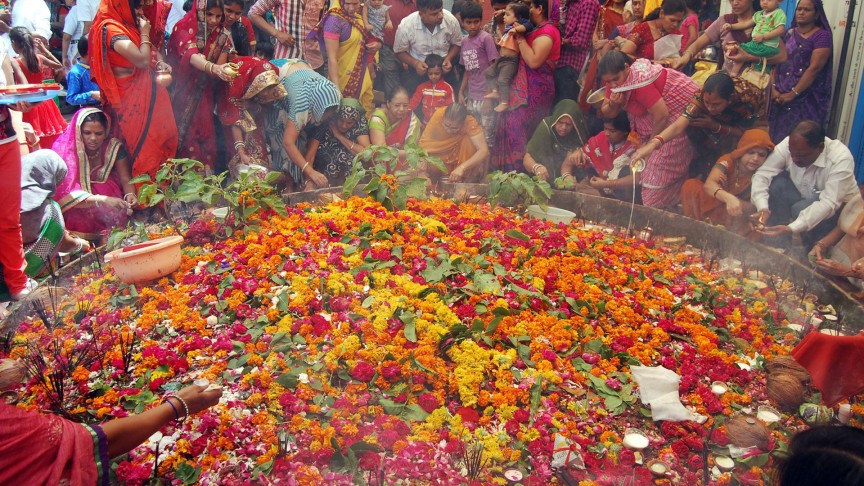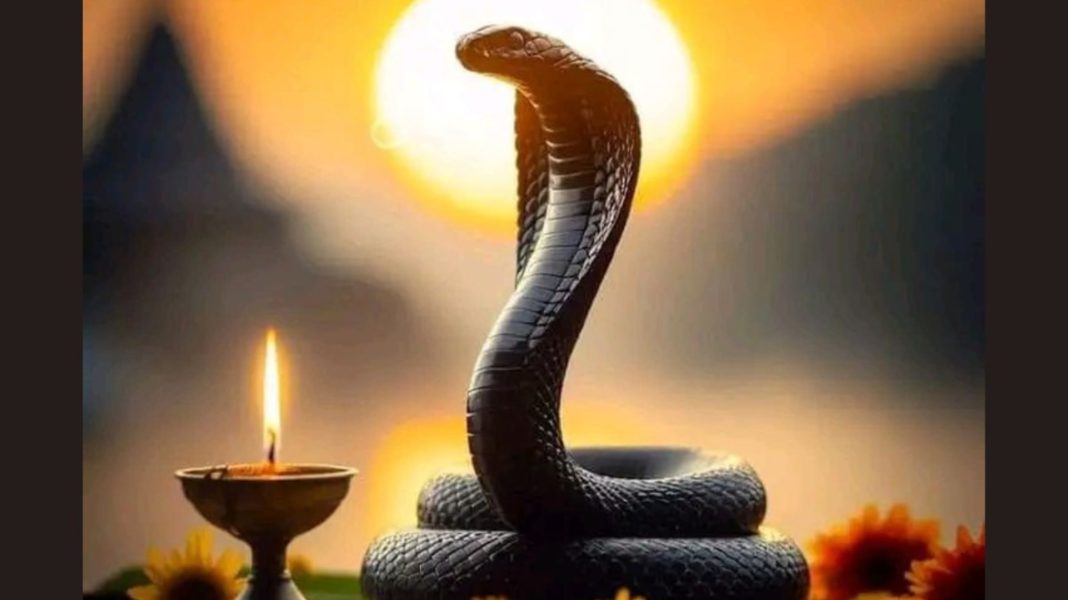Nag Panchami Festival is one of the most sacred and meaningful Hindu festivals that highlights the bond between humans, nature, and divine serpents. Observed across India with devotion and enthusiasm, Nag Panchami is more than just a religious ritual – it is a reminder of respect for all living beings and the importance of ecological balance.
In this detailed blog, we will explore the history, legends, rituals, significance, and cultural value of Nag Panchami in a way that even a 5th standard student can easily understand.
Meaning of Nag Panchami Festival
The festival of Nag Panchami is celebrated on the fifth day (Panchami) of the bright fortnight (Shukla Paksha) in the month of Shravan (July or August). The term “Nag” means serpent, and “Panchami” refers to the fifth day. Together, Nag Panchami signifies a day dedicated to the worship and reverence of snakes.
Hindus believe that serpents are powerful beings with divine energy. On this day, devotees offer prayers to snake deities, especially the Cobra, for protection, prosperity, and blessings.
Legends and Mythological Stories of Nag Panchami Festival
Nag Panchami and the Story of Lord Krishna
One of the most loved legends of Nag Panchami is related to Lord Krishna. As a child, Krishna played near the Yamuna River, where a dangerous snake named Kaliya Naag lived. Kaliya poisoned the water, harming people and animals. Brave little Krishna jumped into the river, danced on Kaliya’s many hoods, and defeated him. However, Krishna spared Kaliya’s life and asked him to leave the river. This legend shows that Nag Panchami celebrates courage, compassion, and balance.
Nag Panchami in Mahabharata
Another famous story comes from the epic Mahabharata. King Janamejaya organized a massive sacrifice called Sarpa Satra to destroy all snakes as revenge for his father’s death from a snake bite. However, the wise sage Astika intervened on the day of Panchami and stopped the sacrifice, saving the serpent race. Since then, the day has been observed as Nag Panchami to honor the truce between humans and serpents.
Connection of Nag Panchami Festival with Hindu Deities
- Lord Shiva is always shown with a snake around his neck, symbolizing control over fear and death.
- Lord Vishnu rests on Ananta Shesha, the thousand-headed serpent, representing the eternal cycle of time.
- Lord Subramanya (Kartikeya), the god of war, is also connected to serpent worship in South India.

Rituals of Nag Panchami Festival
Nag Panchami rituals are filled with devotion and cultural beauty.
Worship of Snake Idols and Live Snakes
- Devotees worship clay, silver, or stone idols of snakes.
- In some regions, snake charmers bring live cobras, and people offer milk and prayers without harming them.
Offering Milk and Flowers
Milk, turmeric, vermillion, sandalwood paste, and flowers are offered at snake burrows, anthills, or temples dedicated to serpent deities.
Drawing Snake Images
In states like Bengal and Maharashtra, women draw snake figures on walls or doors using rice flour or natural colors and worship them.
Observing Fasts on Nag Panchami
Many devotees keep fasts on Nag Panchami, believing it brings good fortune, protects the family from snake bites, and ensures happiness.
Regional Celebrations of Nag Panchami Festival
Nag Panchami in Maharashtra
In Maharashtra, women visit temples early in the morning and offer milk to snake idols. They also perform folk songs and dances in honor of Nag Devta.
Nag Panchami in Uttar Pradesh and Bihar
Large fairs are organized, and live cobras are worshipped with milk and flowers. Devotees believe that pleasing the snake god ensures protection from misfortune.
Nag Panchami in South India
Temples dedicated to Nagaraja (Serpent King) are decorated, and special pujas are performed. In Karnataka and Kerala, elaborate rituals are held, and people recite stories of serpent gods.
Nag Panchami in West Bengal and Assam
Women draw snake figures on the walls of their homes and worship them, believing it will protect their families from snake bites and natural calamities.
Importance of Snakes in Hindu Culture
Snakes have always held a significant place in Hindu beliefs.
Symbol of Power and Protection
Snakes are seen as protectors of hidden treasures and symbols of strength.
Connection with Immortality
The serpent Ananta Shesha on which Lord Vishnu rests represents the endless cycle of time, life, and rebirth.
Ecological Importance
Snakes help control the population of rats and harmful pests, maintaining balance in the environment. Nag Panchami reminds us to protect and respect them instead of harming them.
Why Nag Panchami Festival is Celebrated
- Respect for Nature: Nag Panchami teaches us to live in harmony with all living beings.
- Spiritual Protection: Worshipping snakes is believed to protect families from snake bites and negative energies.
- Cultural Tradition: It preserves Hindu legends and mythology for future generations.
- Message of Compassion: Just as Lord Krishna spared Kaliya, Nag Panchami teaches mercy and balance.
Scientific Significance of Nag Panchami Festival
From a scientific perspective, Nag Panchami is also important:
- During the rainy season (Shravan), snakes come out of their burrows due to flooding. Worshipping them ensures that people stay cautious and do not harm them.
- The festival spreads awareness about the ecological role of snakes, preventing their unnecessary killing.
Conclusion
Nag Panchami is a festival that beautifully combines faith, tradition, and ecological awareness. It reminds us to respect all creatures, honor the balance of nature, and stay connected to our rich cultural roots. Whether you are a student or an adult, celebrating Nag Panchami brings both spiritual blessings and valuable life lessons.
Frequently Asked Questions on Nag Panchami Festival
1. When is Nag Panchami celebrated Festival in 2025?
Nag Panchami in 2025 will be celebrated on 30th July.
2. Why do people offer milk to snakes on Nag Panchami Festival?
Milk is considered a sacred offering in Hinduism. On Nag Panchami, it is offered as a sign of respect to the serpent deities.
3. Is worshipping snakes on Nag Panchami safe?
Yes, but in most places, people worship idols or images of snakes instead of live snakes to avoid harm.
4. What is the main lesson of Nag Panchami Festival?
Nag Panchami teaches us respect for nature, compassion for creatures, and harmony between humans and animals.
5. Which gods are associated with Nag Panchami?
Lord Shiva, Lord Vishnu (Ananta Shesha), and Lord Subramanya are closely associated with serpent worship on Nag Panchami.




